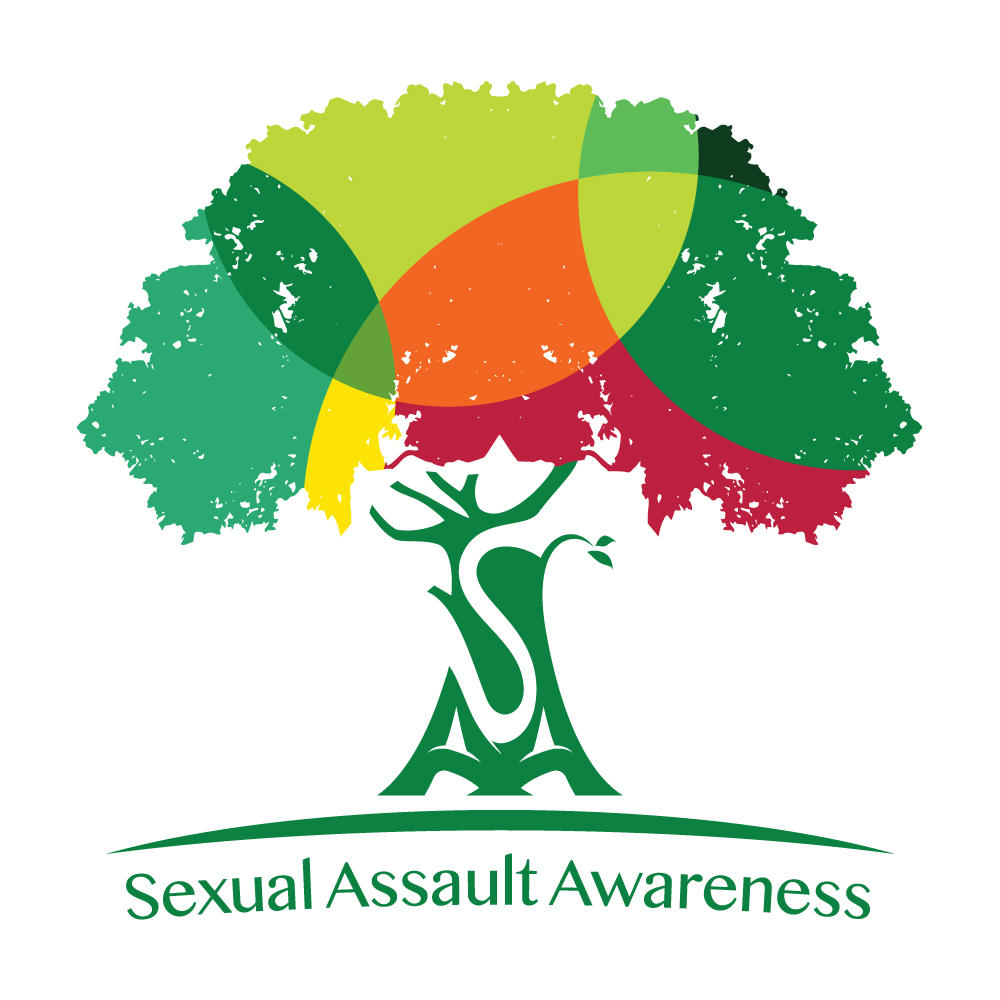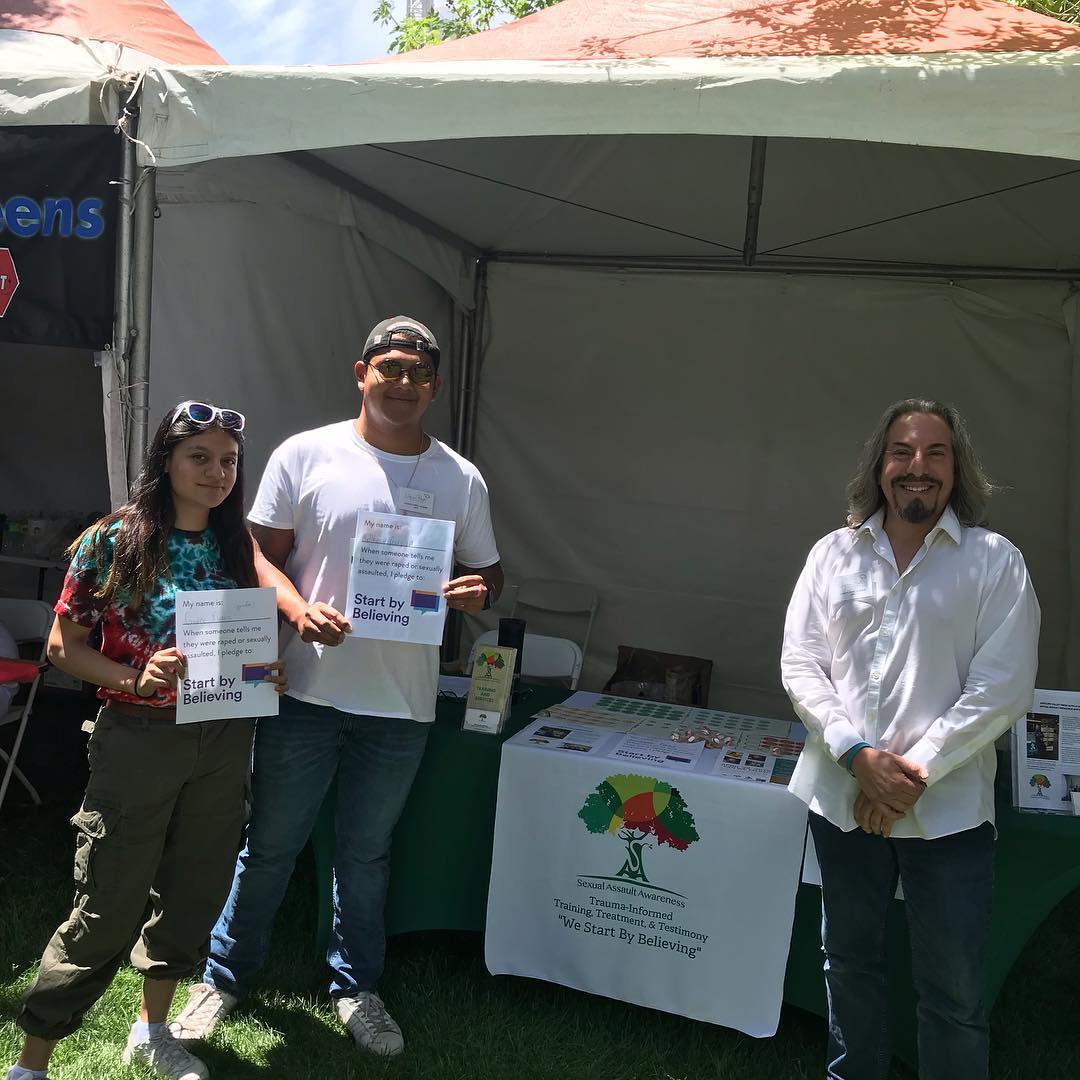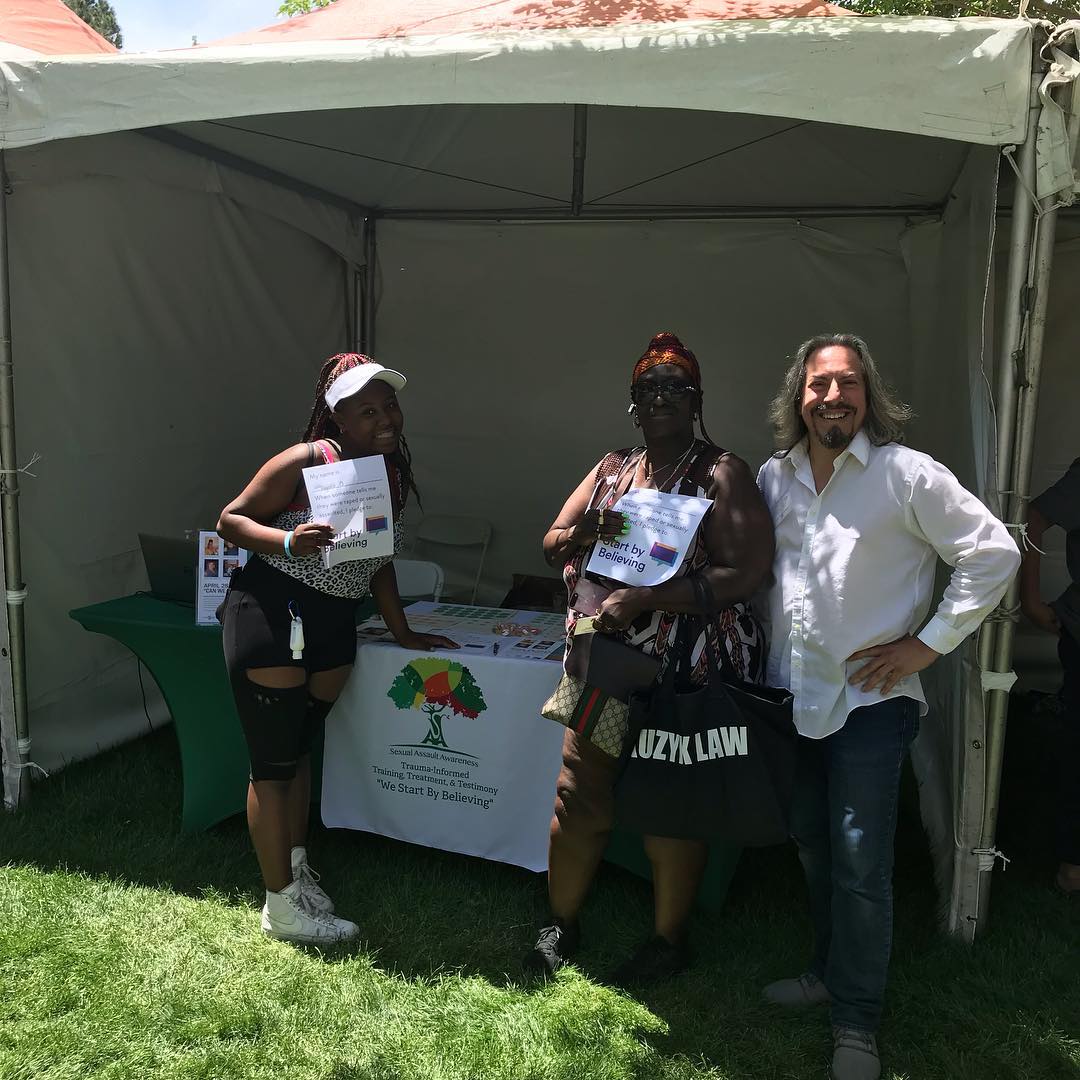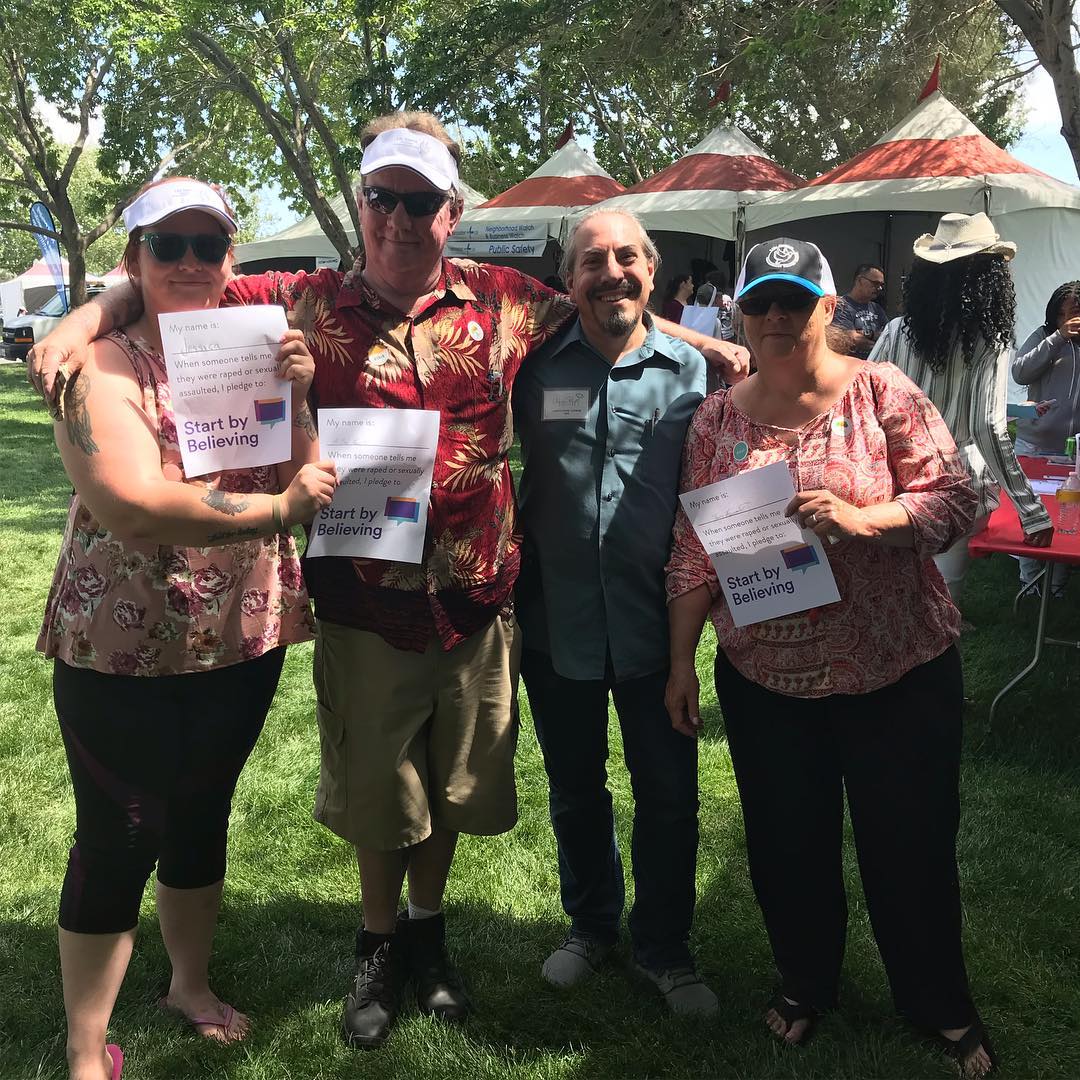One of the most popular – and perhaps the most consequential – Sexual Assault Awareness presentation I give is on the subject of “Myths and Misunderstandings of Sexualized Violence.”
“ It is only by understanding the widely held false ideas or beliefs about sexual assault that we can begin to challenge them and find real change.”
The three biggest myths about sexual assault are as follows:
1) Women lie about or falsely report sexual assault.
2) “Normal” men don’t rape. And those that do, just can’t control themselves.
3) Some women are “unrapeable,” while some women actually deserve rape.
While each of these statements may seem unbelievable at first, think about the ways rape is treated in our culture. Do we as a society tend to believe women’s story over men’s? Acknowledge men’s historical status as being valued over women? Does anyone you know think only a certain kind of girl finds herself in the situation to be raped? All of these are misogynistic ideals that we have internalized for centuries and as a culture have only recently begun to unpeel.
When you think about the fact that our judicial system in this country was developed more than two centuries ago and is rooted in even older misguided legal concepts, you realize that we might not have the most supportive system to modern injustices. In fact, when our country was first being born, rape was seen more as a property crime against a woman’s husband or father than an assault on her personhood. Women who weren’t believed were ostracized. In the last century, “tooth and nail” laws defined physical violence as the only means to refuse. Most rape laws in the U.S. centering the harm on the victim were only enacted in the 1970s. And yet, over 80 percent of sexual assault cases go unreported today.
So, without overwhelming you with my entire presentation, here are a few ways I like to address the three myths listed above.
Do women lie about sexual assault? The research points to no. In one study conducted by a veteran forensics law enforcement officer, seven percent of 650 cases were found to be falsely reported. [Det. C. Hershman, “False Reporting of Sexual Assault Cases,”(2018), Conference on Crimes Against Women] The majority of those had unnamed assailants, usually due to a need to draw attention to a different need or because of reports made by someone other than the victim. This doesn’t mean a rape did not occur, but often because the women are so afraid that they won’t even incriminate their rapists. This left a real number of 1.7% of reported cases being probably false. To make things worse, the news tends not to cover rape that much (for a variety of reasons), but when they do, it’s in cases that are rare, unusual, or surprising. As a result, our society tends to view rape as uncommon and cases of false reporting as common.
Do “normal men” rape? There is no definitive profile of a rapist, molester, or sexual perpetrator. Let’s get that out of the way. And those that do rape, tend to do it more than once (in fact many more times, according to research). Furthermore, rape is not a crime of passion, but one of power. Rapists want to exert power over the vulnerable, often due to insecurity and perceived sexual inadequacy. And though the human male’s primal brain drives us towards reproductive urges, we are also blessed with a well-developed frontal cortex that allows us to reason, think, slow down, recognize nonverbal cues, and hear the word “no.” There is no such thing as an uncontrollable male urge.
Are some women unrapeable? No! Every day (and it pains me to say this), women and girls, of all ages, races, levels of experience, socioeconomic backgrounds, level of ability, level of education, and profession are sexually assaulted. And that includes sex workers and victims of human trafficking.
In summary, there is no such thing as an unrapeable woman, an uncontrollable man, or a victim who shouldn’t be believed. Sexual assault doesn’t happen for thirty days out of the year, it happens every day. It’s constant, which means our awareness of and dedication to ending it must also be constant.













